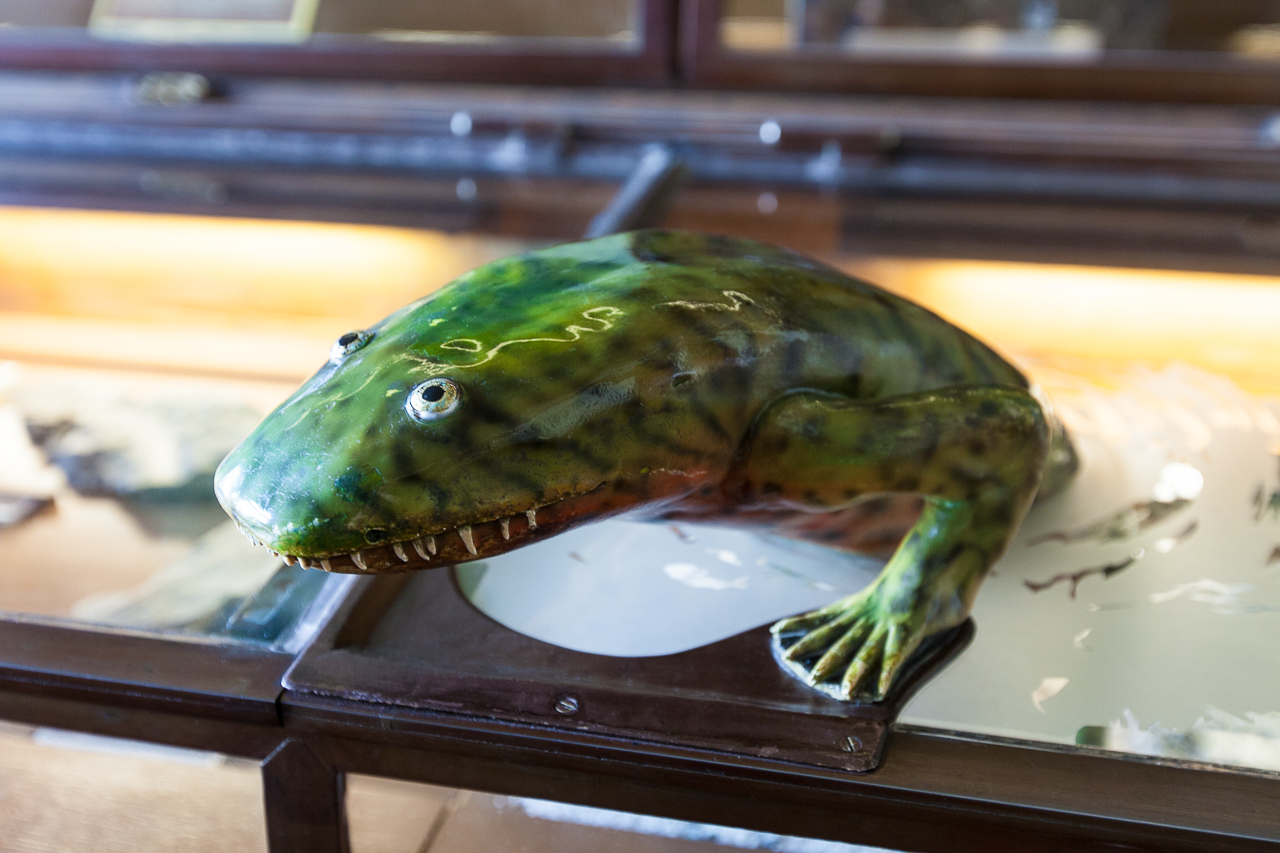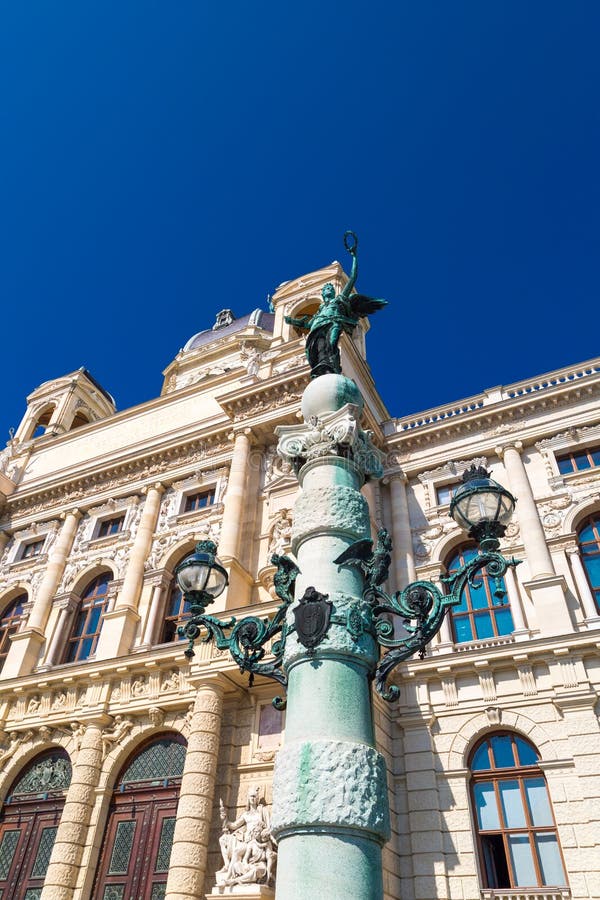
If you’re looking for something more elegant, enjoy a gourmet dinner in the Cupola Hall. Sit down for breakfast in the Cupola Hall with its lavish dome and energize before your walk through the collection. How do you take your coffee? At the Kunsthistorisches Museum Vienna, it’s served with a dash of culture and views over centuries of art. Above you, one of Vienna’s most ornate domed ceilings lets in the sun. The hall is panelled with white marble and decorated in gold.

Not only is it located at the centre of the 19th-century complex, but with its magnificent Cupola Cafe, it’s also a meeting point for museum-goers and locals. Geographically their origins range from Egypt, Nubia, the eastern Mediterranean and Mesopotamia to the Arabian Peninsula.Ĭupola Hall is the beating heart of the Kunsthistorisches Museum Vienna. The more than 17,000 objects date from a period of almost four thousand years, from the Egyptian Predynastic and Early Dynastic periods (ca. The Egyptian and Near Eastern Collection of the Kunsthistorisches Museum Vienna is among the world’s most important collections of Egyptian antiquities. Explore the Egyptian and Near Eastern Collection While navigating through the building, make sure to examine Gustav Klimt’s spandrel paintings between the arches and columns on the lavish museum’s stairwell. This gold and enamel salt cellar is one of the museum’s glittering highlights. If you feel suddenly blinded by 10 inches of solid gold, you’ve found the “Saliera” by Cellini.

But peering at ivory carvings and miniatures, timepieces, paintings, intricate sculptures, wall hangings, coins, and weapons is impressive enough. You can’t exactly touch the 2,100 objets d’art that make up the Kunstkammer (chamber of art). The Kunstkammer Wien is the world’s most important collection of its kind. Rummage through the Habsburgs’ treasure chest The interactive website gives you a great view of all the paintings by Bruegel in the collection of the museum.Ģ. Find ant-like figures dotting the scene, tiny houses on the tower, and entire bustling cities in the background. Look closely at masterpieces like “The Tower of Babel” and the minuscule details of Bruegel’s composition. As one of the most notable Flemish artists of the 16th century, Bruegel is known for intricate depictions of peasant life and stunning landscapes. The Kunsthistorisches Museum Vienna owns the world’s most extensive collection of works by Pieter Bruegel the Elder. Next to their variant special exhibitions, the permanent shows featuring their fabulous collections are always a must-see.


Travel back in time to Imperial Vienna as you explore their luxurious living quarters, which are still partly decorated and furnished in their original style. On the first floor, visit the 22 State Rooms occupied by various Habsburg family members over the course of 100 years. Discover everything from French impressionism to German expressionism to the Russian avant-garde, and more, with Monet, Renoir, Cezanne, Matisse, Miró, and Picasso being just some of the iconic artists displayed here. The second floor is dedicated to the gallery's permanent collections, and throughout its sixteen rooms, visitors can admire some of the most important pieces of art from the past 130 years. Inside the museumĮach floor of the museum is home to a different exhibition. The museum is housed in the former palace of Duchess Maria Christina and her husband Duke Albert of Saxen-Teschen, an avid art collector after whom the gallery is named. The Albertina Museum, located in the heart of Vienna, is home to one of the world's largest and most important graphic collections, with more than 65,000 drawings and around a million old master prints.


 0 kommentar(er)
0 kommentar(er)
